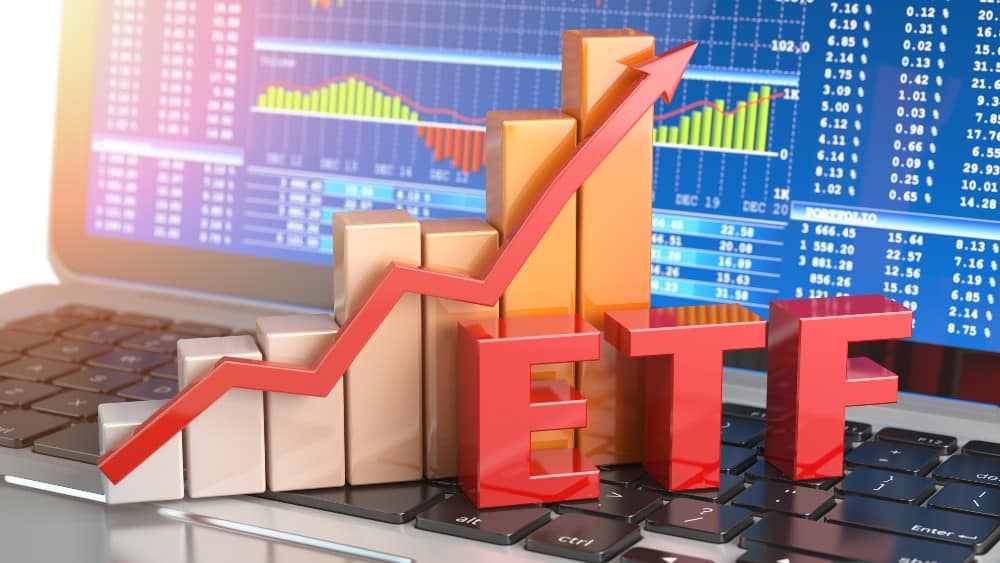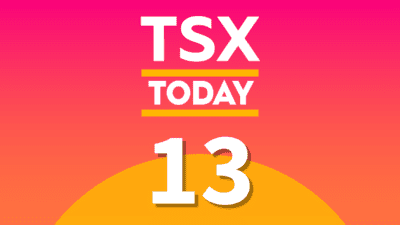According to a report from Fidelity, individuals would need around 70% of their income during their working life to maintain the same standard of living in retirement. The 70% figure assumes you don’t have to support your children and have no outstanding mortgage debt. Moreover, this 70% must be adjusted to account for inflation, which means calculating the size of your nest egg is quite complicated.
While most Canadians aim to retire with $1 million in their bank account, reaching this magic number might seem overwhelming at first. However, experts believe that once you touch $100,000 in savings, your journey toward financial freedom will be much easier. The late Charlie Munger explained that the first $100,000 is the toughest to earn but is extremely crucial for building wealth.
So, let’s see how investors can save $100,000 by 2030.
Start saving early and remain invested
A Statistics Canada report states that the average savings rate for Canadian households was around 6.9% in Q1 2024, the highest rate since Q1 2022. This number should move higher, especially if inflation cools down and interest rates are lowered in the next 12 months.
To benefit from the power of compounding, Canadians need to start saving early. Even if we assume a 5% rate of return on your investments, you need to save just $243 per month for 20 years to reach $100,000. However, you need to save $643 per month for 10 years to reach $100,000.
Investors need to create a diversified portfolio consisting of stocks, bonds, and gold, which lowers overall risk. A diversified portfolio has historically created massive wealth for long-term investors by handily outpacing inflation.
The volatility associated with the equity markets makes it extremely difficult to remain invested in this asset class. Alternatively, the S&P 500 Index has returned over 10% annually on average in the past five decades despite multiple economic downturns and bear markets.
Invest in diversified ETFs
Investors should consider gaining significant exposure to exchange-traded funds that track indices such as the S&P 500. The S&P 500 Index holds the 500 largest companies in the U.S. across multiple sectors.
One popular ETF that trades on the TSX is the Vanguard S&P 500 Index ETF (TSX:VSP). The ETF is hedged to the Canadian dollar and shields investors from fluctuations in foreign exchange rates. With more than $3.2 billion in assets, the VSP has almost tripled investors’ returns in the last 10 years after accounting for dividend reinvestments.
If we assume that the index would return 10% every year going forward, you need to invest $1,010 per month for the next six and a half years to end 2030 with $100,000 in savings.
Younger investors can allocate the majority of their savings towards equity-linked products as they have a longer investment horizon.
The Foolish takeaway
It’s evident that you need to save an appropriate amount each month. Moreover, your monthly savings should be invested across inflation-beating asset classes. Each individual’s risk tolerance is different, which might significantly impact the portfolio allocation. However, it is important to stay invested for long periods of time to benefit from the magic of compounding.








